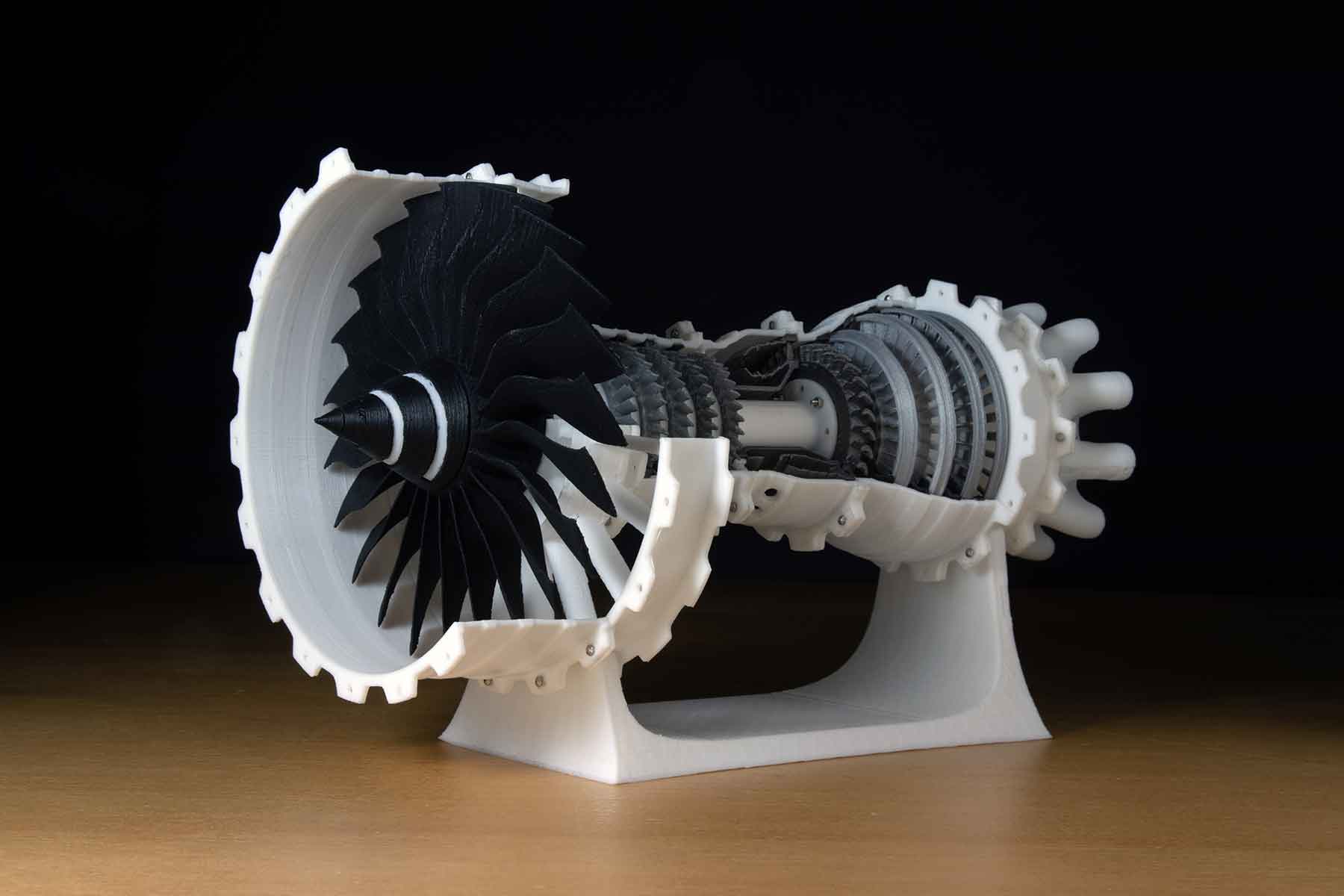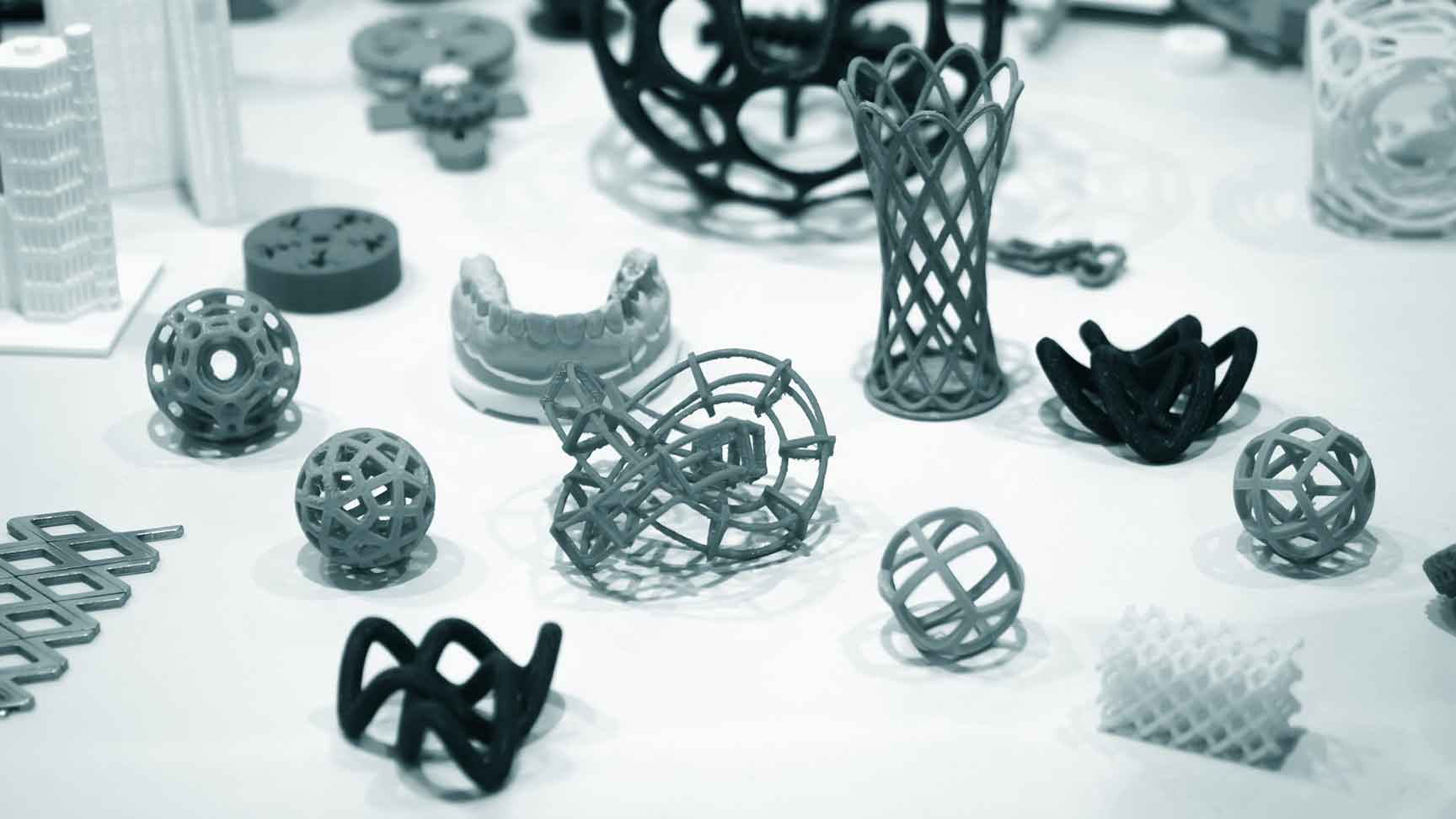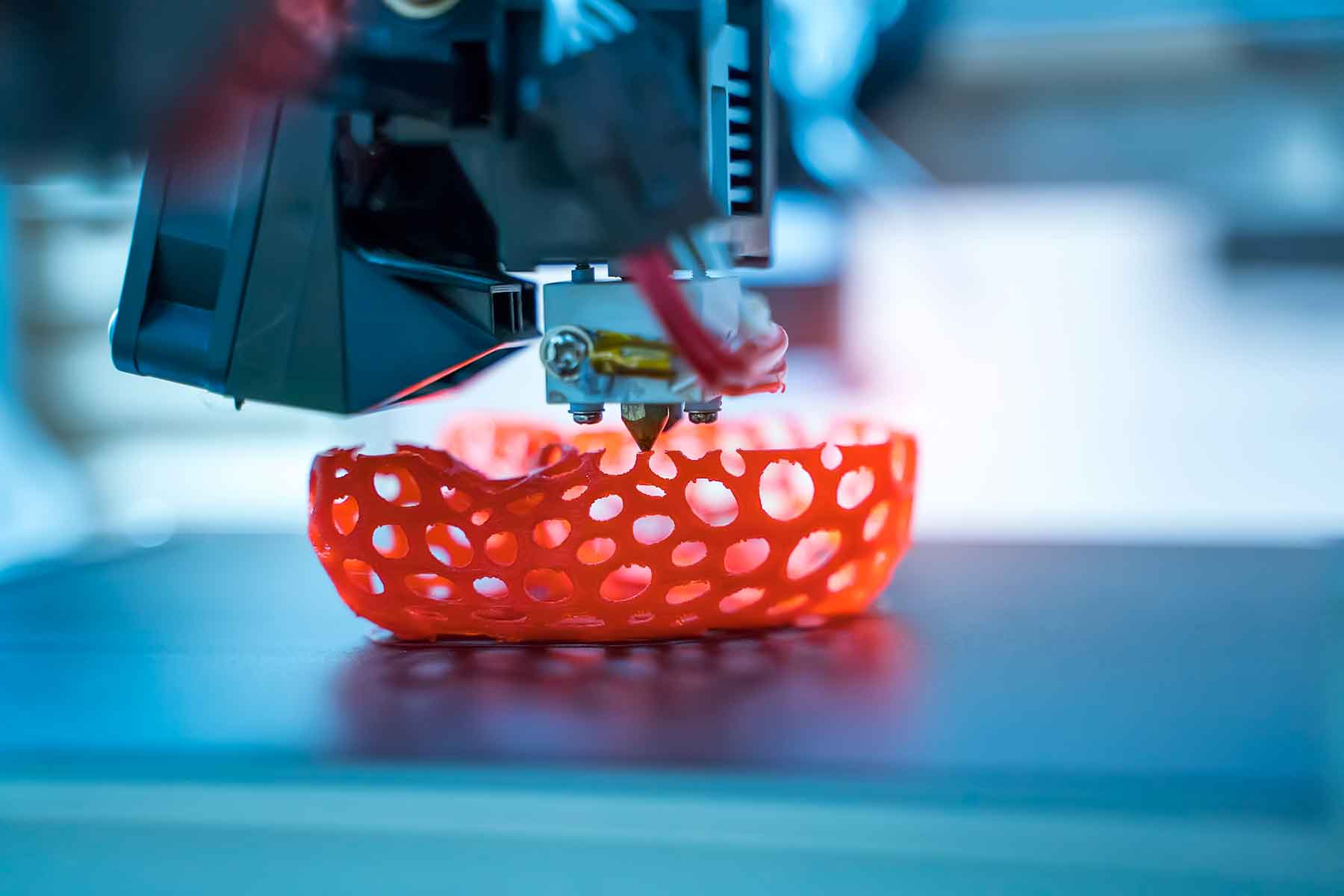In traditional manufacturing processes, the assembly of complex products often involves the integration of numerous individual components, leading to increased assembly time, higher costs, and potential complications. Additive manufacturing, also known as 3D printing, has revolutionized this aspect by enabling the integration of multiple functions or components into a single part. Let’s explore how additive manufacturing simplifies assembly processes, reduces costs, and improves overall efficiency.
Additive manufacturing offers the unique advantage of consolidating multiple components into a single part. By designing parts with integrated features, such as hinges, fasteners, or interlocking mechanisms, manufacturers can eliminate the need for separate components and reduce assembly complexity. This consolidation streamlines the assembly process, reducing the number of individual parts to handle, align, and connect. The result is a simplified and more efficient assembly process, saving time, labor, and associated costs.
Integrating multiple functions or components into a single part through additive manufacturing enhances the structural integrity of the final product. Traditional assembly methods, such as welding or fastening, can introduce weak points and potential points of failure. By eliminating the need for separate joints or connections, additive manufacturing produces parts with improved structural integrity, minimizing the risk of component misalignment or failure during assembly or product use. This enhances the overall reliability and durability of the final product.
The integration of multiple functions or components into a single part through additive manufacturing significantly reduces assembly time. Traditional assembly processes often involve intricate alignment, fastening, and testing of individual components, which can be time-consuming and prone to errors. With additive manufacturing, the integrated part is produced as a single unit, eliminating the need for complex assembly steps. This streamlined process saves valuable time, allowing manufacturers to increase productivity, meet tight deadlines, and bring products to market faster.
Additive manufacturing’s ability to integrate multiple functions or components into a single part can lead to substantial cost savings. By reducing the number of components, manufacturers can minimize the costs associated with sourcing, inventory management, and quality control for individual parts. Additionally, the simplified assembly process lowers labor costs and reduces the risk of assembly errors, further contributing to overall cost savings. These cost advantages make additive manufacturing an attractive option for manufacturers seeking to optimize their production processes.
Additive manufacturing’s design freedom plays a crucial role in integrating multiple functions or components into a single part. The ability to create complex geometries and intricate internal structures enables designers to optimize part design for integration and performance. Designers can leverage additive manufacturing’s capabilities to ensure that the integrated part functions seamlessly, meets specific requirements, and performs efficiently. This design flexibility ensures that the integrated part is not only structurally sound but also aesthetically appealing and optimized for its intended purpose.
Additive manufacturing has transformed the way manufacturers approach assembly processes by enabling the integration of multiple functions or components into a single part. This consolidation simplifies assembly, improves structural integrity, reduces assembly time, and leads to significant cost savings. As additive manufacturing technology continues to advance, manufacturers can leverage its design flexibility and production capabilities to enhance product performance, streamline assembly, and gain a competitive edge in the market. Embrace additive manufacturing, streamline your assembly processes, and unlock the benefits of integrating multiple functions or components into a single part.




